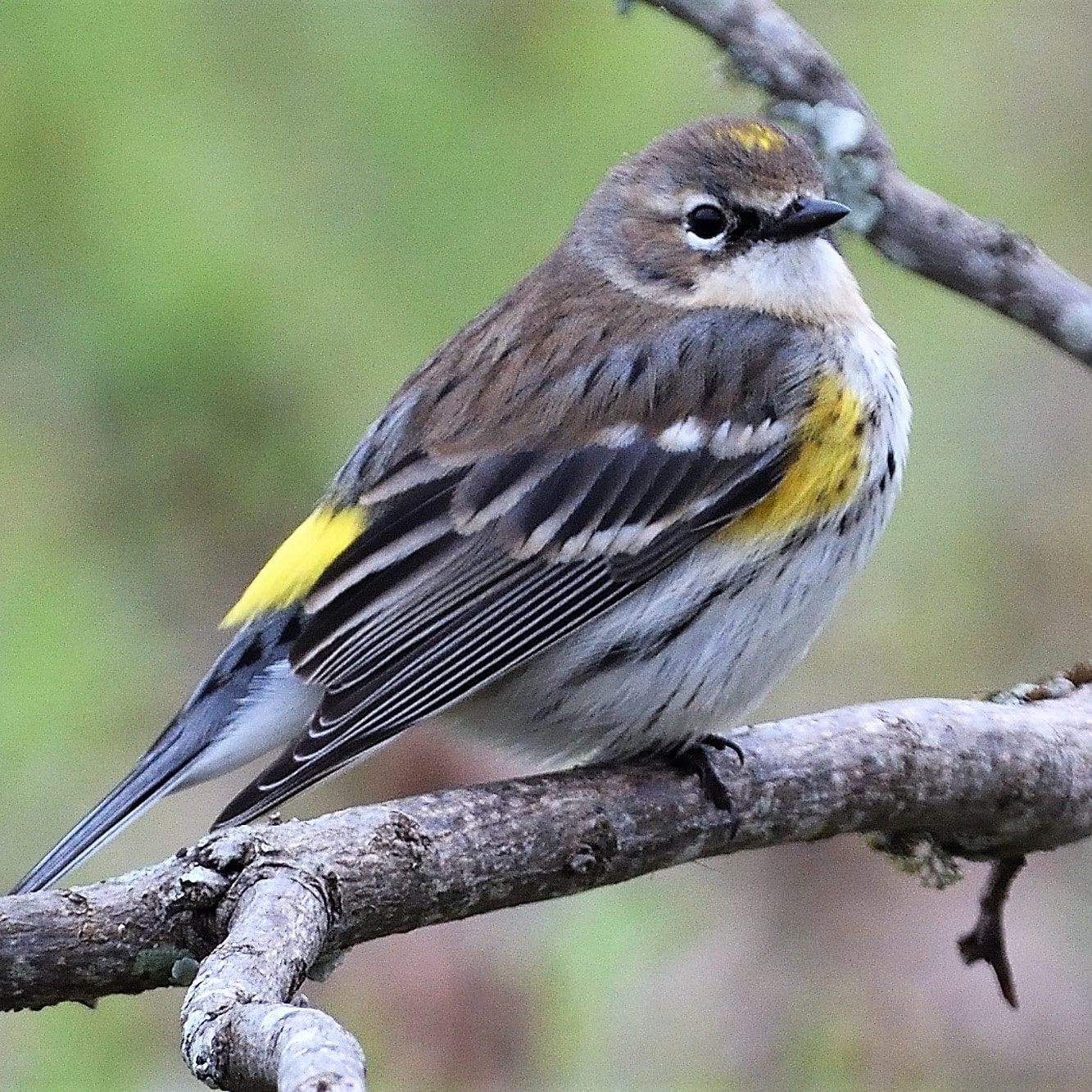Andrew Haffenden is a man on a mission–a mission to personally document the species of birds that visit Dauphin Island, Alabama. So what, you ask? For Andrew, this is about making the point that this small barrier island is key to the lives of so many of the birds that he and others love.
For the past 20 years or so, Andrew has kept a list of every species of bird he has seen across the various pieces and parts of the island he calls home. An avid birder and guide, Andrew understands the connection between natural habitats and their support of birds during all times of the year. For coastal islands, their value is even greater, as they are focal points along the pathway of numerous migratory species.
For the many small migratory birds that cross the Gulf of Mexico twice a year, coastal islands are important way stations. Birds rest and fuel up on islands prior to flying south in the fall. In the early spring, islands are the first bits of solid real estate where they can land, often in the face of late wintery weather that has strained their travels. In the case of Dauphin Island, it sits due north of the Yucatan Peninsula of Mexico, another important station along the gulf flyway.
And although this is not news to the birding world, it is not common knowledge to most people. For Andrew and his fellow volunteers with the Dauphin Island Bird Sanctuaries (DIBS), this is important messaging in support of their efforts to acquire and preserve key natural areas of the island. Over the last 30 years, the DIBS has focused their efforts on creating an unbroken corridor of habitats between the gulf-side beaches where birds often first land, to the bay side of the island. The bayhead swamps and pine and oak forests in between represent havens for birds where they rest and feed. Unbroken corridors are critical.
As for Andrew’s quest, his list currently sits at 310 species. Not bad for a relatively small spot of land located at the right spot along a flyway. For reference, the Alabama bird list is 452 species. Of course, any additions will be of less common species that are often harder to encounter, even for birders that know what they are looking for. As Andrew points out, some of his observations are pure serendipity. What birder would expect to find a Burrowing Owl (a rare bird for Alabama) chilling out in a parking lot just off the beach?
As for where the list goes from here, Andrew is hopeful that it will grow by seven to eight species in the next few years as he watches. Some recent exciting finds include American Woodcock and Parasitic Jaeger. Some of the most unique he has recorded include Lapland Longspur, Sooty Shearwater, and Black-throated Grey Warbler. Andrew recently missed a chance to find a Harris Sparrow, one of the rarer visitors to the southeast. He has not given up just yet!
Andrew’s favorite place to watch birds are beaches, where he scans the large, mixed flocks of shorebirds that overwinter along the northern gulf coast, many coming from the arctic where they breed. As he likes to say, they are out in the open and, with patience, you can work your way through the flock to spot those rare ones.
Andrew and his fellow conservationists with the Dauphin Island Bird Sanctuaries have done much in service to their mission, and yet much is left to be done, including Andrew’s quest to grow his Dauphin Island list. Bon Chance Mon Ami!
Hope to see you in our great outdoors!




